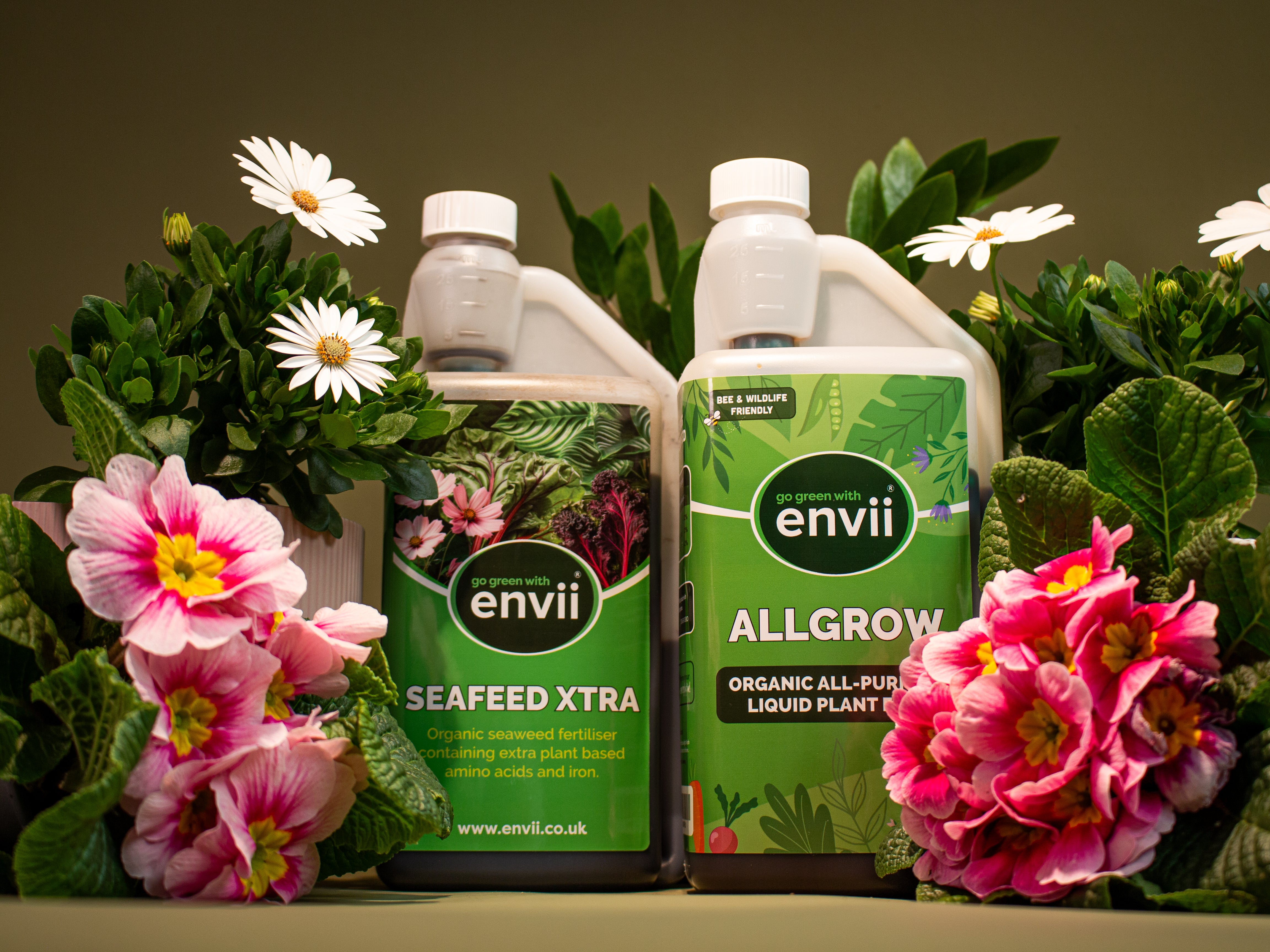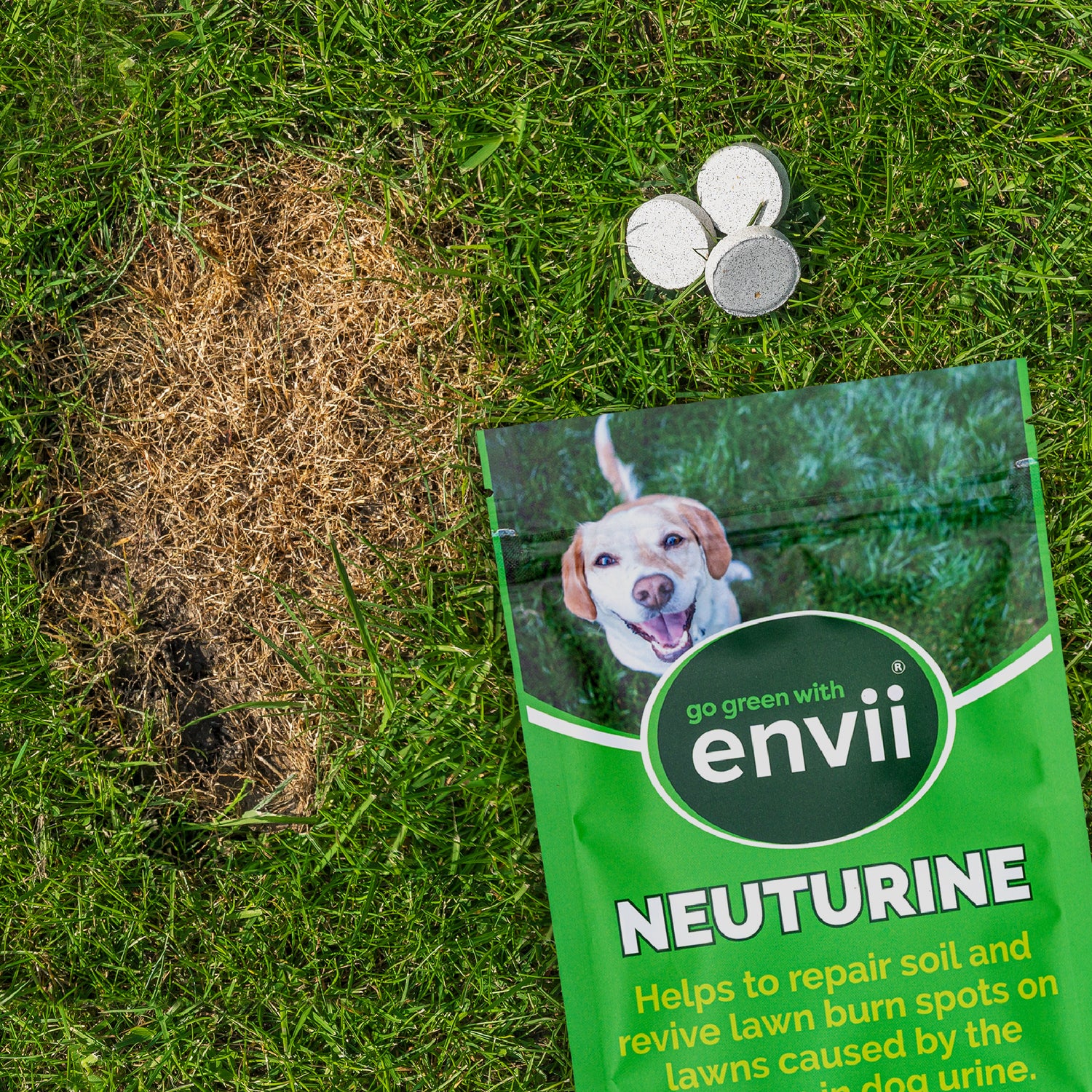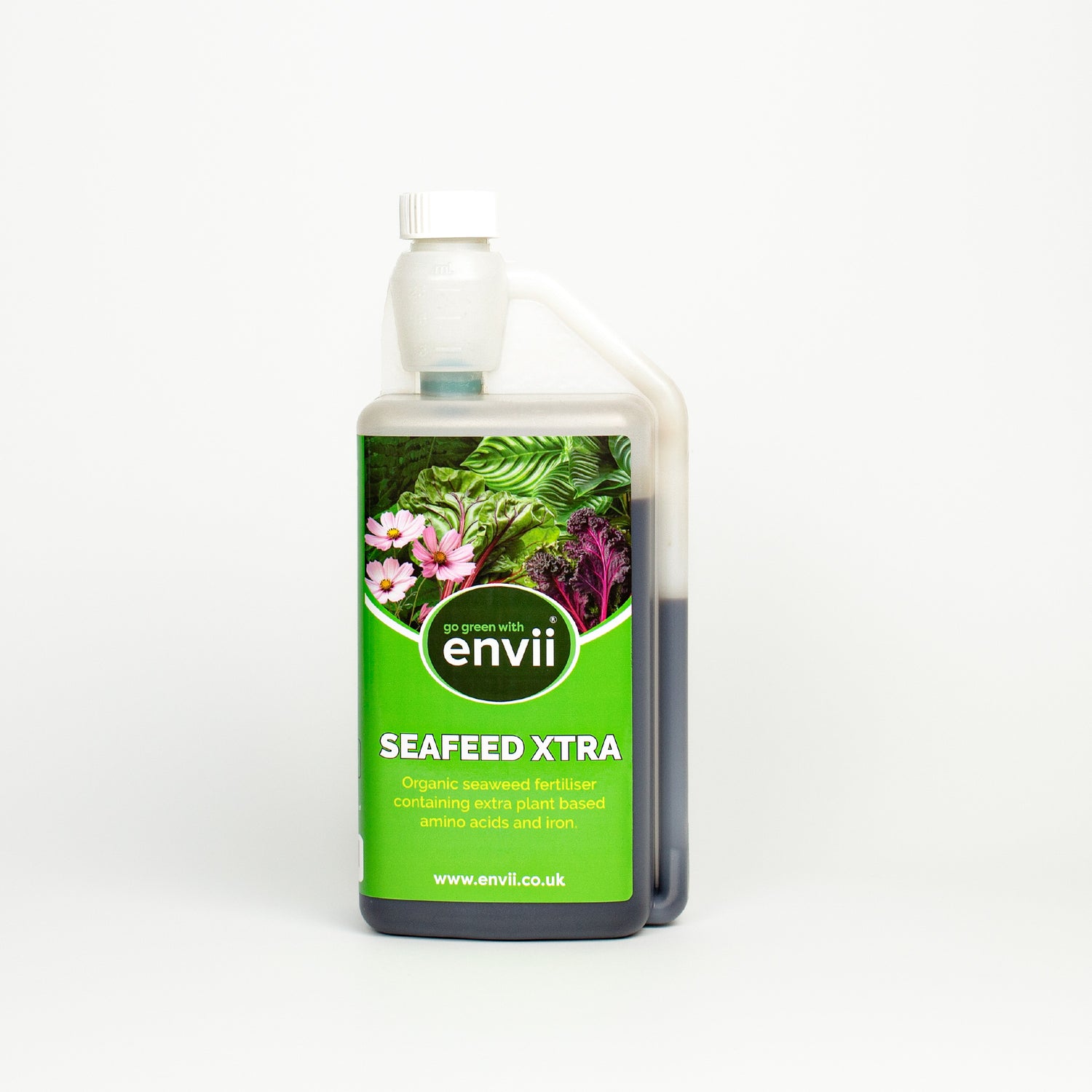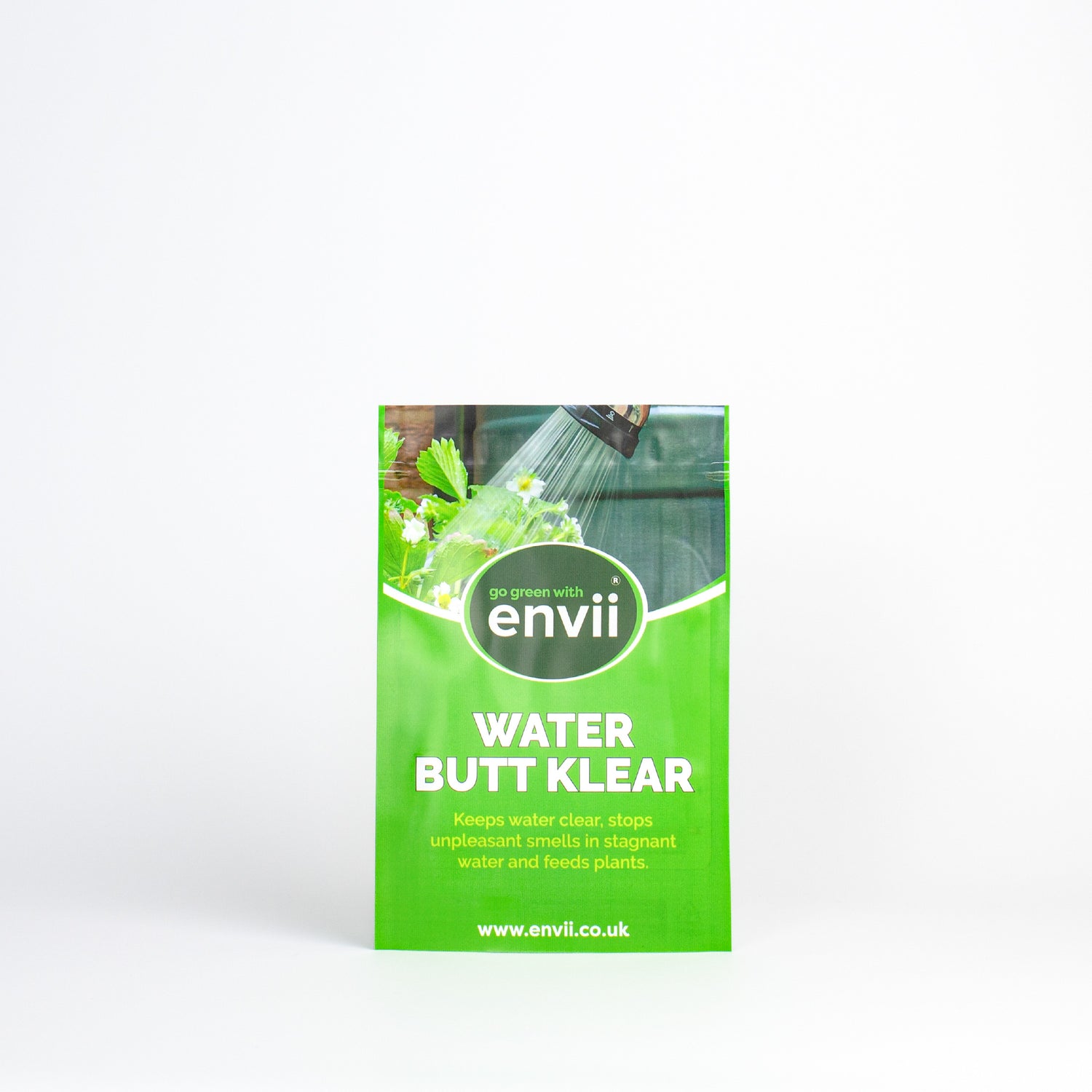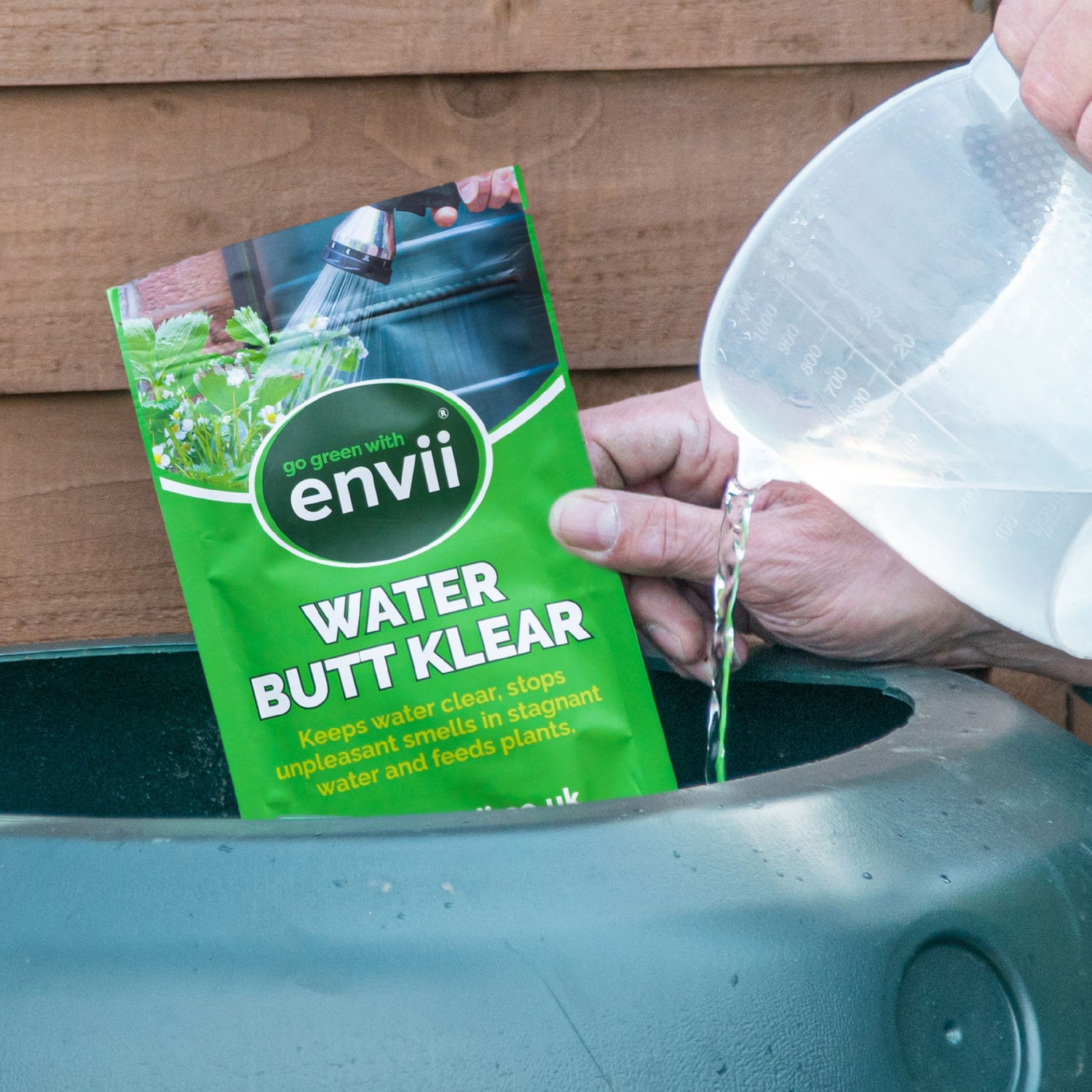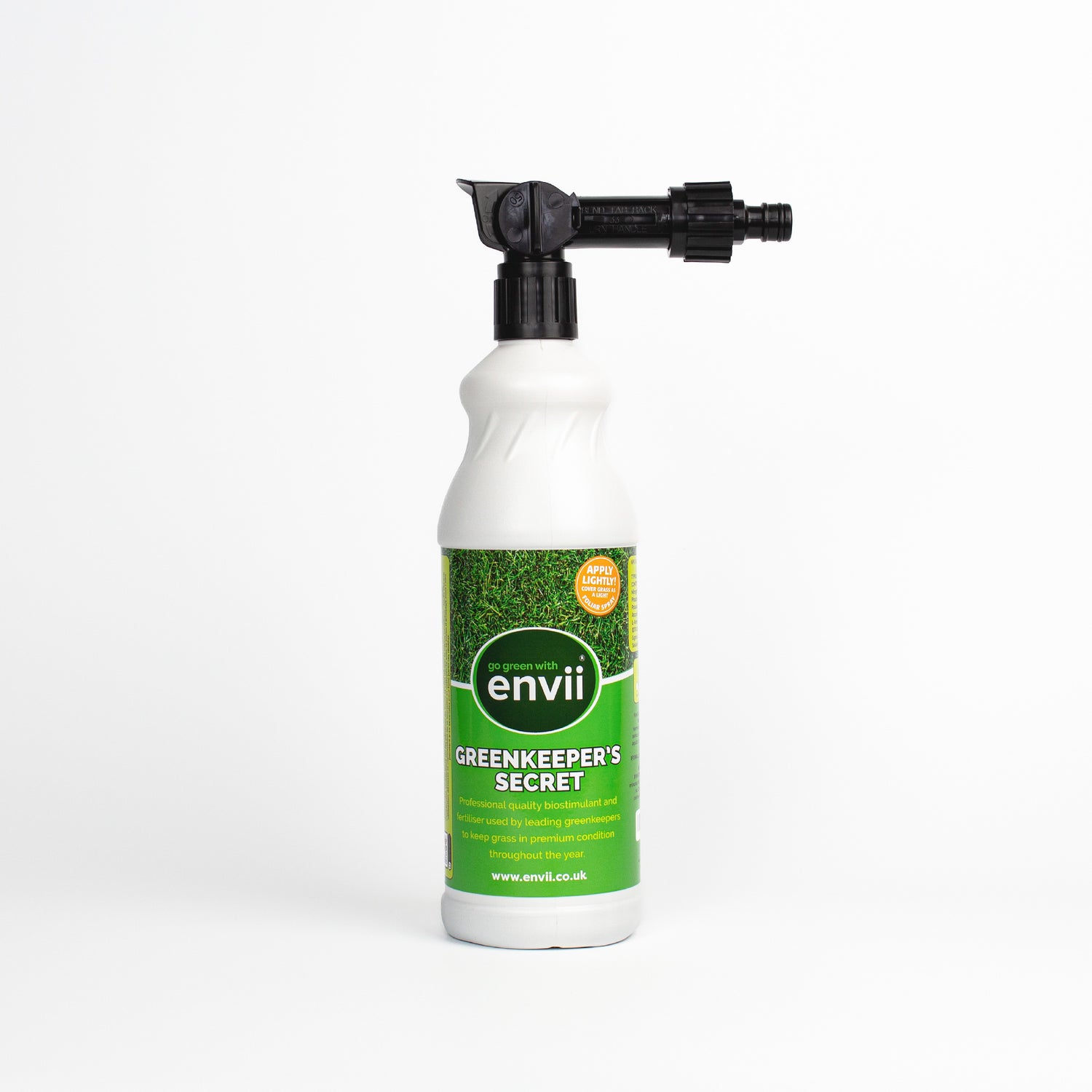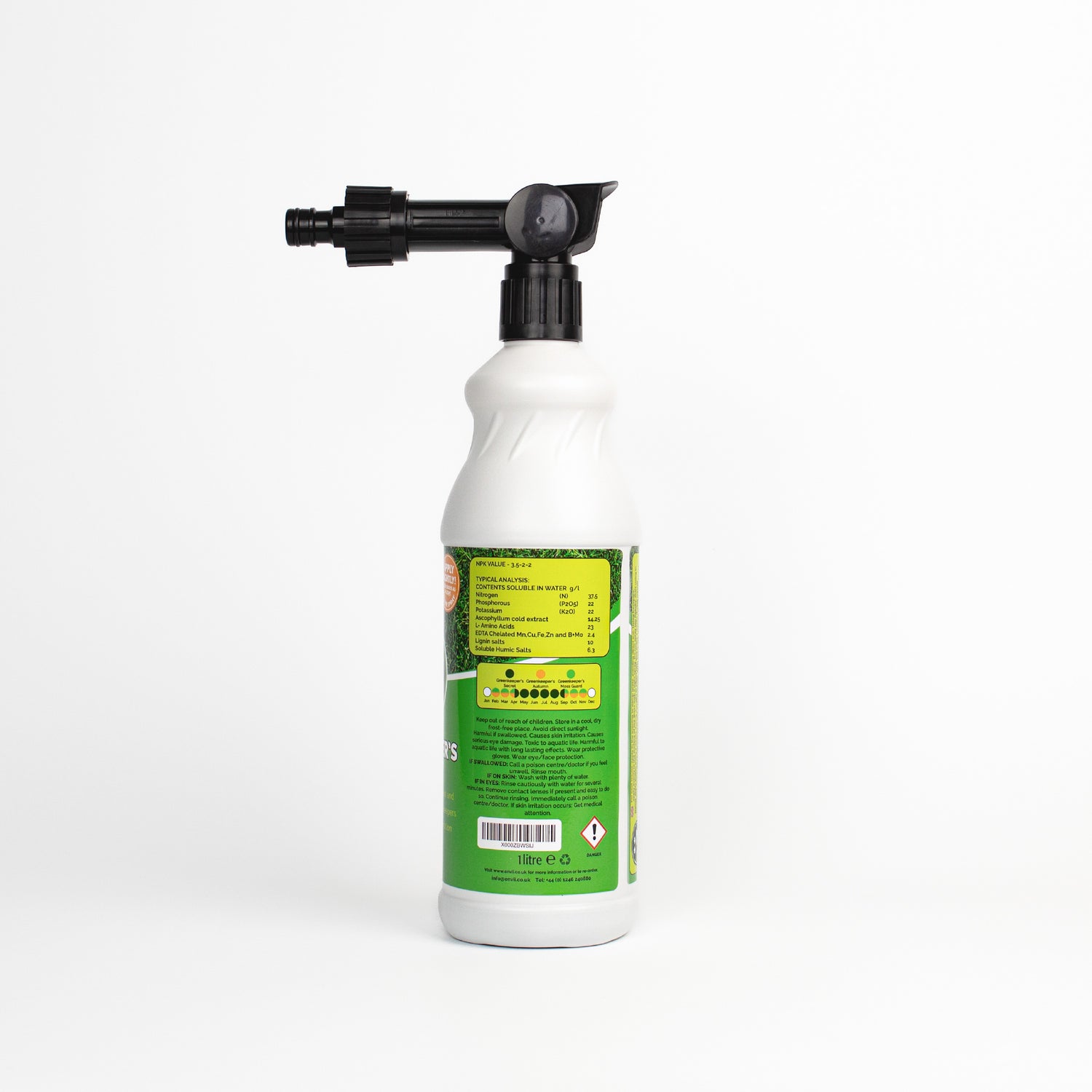Our friends and gardening tool specialists at Burgon & Ball share their expert knowledge on the must-have tools to help you tackle a range of jobs. Read on and discover 13 handy tools for all your grow your own gardening needs…
For many gardeners, growers and sowers, spring is simply the most exciting time of year. After months of bare soil, every day now seems to bring new shoots springing up, leaves unfurling, and buds bursting open. If you’re putting together a grower’s essential toolkit to make the most of the season ahead, it’s worthwhile thinking in terms of tasks, rather than tools.
Once you think about the kind of jobs you’ll be doing to bring your harvest to the table, you can buy appropriately, depending on the scale of your operations!
Preparation
The ultimate tool for preparing a plot for growing is, of course, a classic garden fork and spade. So many growers remember their fathers/uncles/grandfathers discussing double-digging, in which a spade’s depth of soil is removed and the base of the trench forked over with organic matter dug in to enrich the soil, to twice the depth of normal, single digging.
However, it’s probably fair to say that the technique is falling out of favour, with a more ecosystem-friendly ‘no-dig’ approach, in which abundant compost is added to the surface to smother any weeds, growing in popularity. Even for fans of ‘no-dig’ growing, though, a spade and fork will always be needed – to move the compost about if nothing else! They really are a must-have for any type of growing.
For cutting back last year’s stems on soft fruit like raspberries and currant bushes, a pair of good bypass secateurs is a must-have.
And finally, a good ground rake is useful for spreading, grading and levelling soil, for a fast and effective way to create the perfect surface for planting – ready and waiting for seeds or seedlings.
Planting
The potting shed propagation tools are probably some of the most evocative in the tool shed. The satisfaction of setting tiny seeds on their way to magnificent growth and bountiful harvest, nurturing the sprouting seedlings, potting them on, getting them into the ground… and seeing them feasted upon by slugs. Somehow, it’s the very essence of growing.
Of course, when it comes to planting you can’t beat the classic hand trowel. For creating seed drills, digging larger single planting holes, or even using the handle as a dibber, the trowel is the grower’s best friend. A widger is another useful multi-purpose tool, ideal for removing plants from pots, and it also comes in really handy when planting or transplanting seeds and delicate seedlings.
A new addition to the grower’s armoury as more growers aspire to go plastic-free on their plot is a paper pot-making kit. These make an endless supply of paper pots in various sizes, from old newspapers – which can then be put in the ground intact, without disturbing developing roots.
If you enjoy the process of watching seeds transform into seedlings why not try creating a plant nursery at home. Discover how to create your own plant nursery and advice on how to grow plants that thrive here.
Weeding
Without doubt, weeding is a universal task. Some gardeners are happy to view weeds as flowers in the wrong place, but most growers tend to view weeds as distinctly undesirable; absorbing precious water, hogging nutrients and strangling the growth of those prized edibles.
For getting up close and personal with weeds, especially early in the season, many growers swear by a simple hand fork. It offers great control for getting rid of weeds, without disturbing plants. Of course, if you’re looking for even greater control, there are hand tools for weeding which feature one, two, or even three slender prongs, perfect for targeted removal of weeds.
But for weeding on a larger scale, a traditional favourite is a hoe, of which there are many designs. Some are real heritage tools; Burgon & Ball’s 1922 catalogue offered 96 types of hoe, for every soil and for every vegetable! As well as traditional designs, modern manufacturers can draw on advanced materials and design technology to create new designs with different techniques; one of Burgon & Ball’s best sellers with allotmenteers is their our Weed Slice, which moves horizontally just below the surface to cut through roots and shoots without disturbing the top soil.
Of course, it can be useful to take inspiration from world horticultural traditions. The Japanese are of course known for their expertise with steel, and growers who have tried a hori hori (best described as a knife/trowel hybrid!) seem never to look back, meanwhile, the Japanese razor hoe has gained a bit of a cult following among gardeners and growers alike.
Harvesting
At last the day comes when it’s time to enjoy the fruits of your labours. This is where it gets difficult to generalise since many tools have evolved for particular harvests.
Growing apples? An apple picker will help you gather fruit without climbing. Growing brassicas? A curved blade will be useful to sever the tough stem close to the ground. Growing potatoes? A potato scoop will help sift the potatoes from the soil. Growing asparagus? A double-bladed asparagus knife will let you either saw through the stem below the surface or slice through the spear above ground.
As a rule of thumb, though, produce will keep fresher, longer, if you leave the stem intact. Whether you’re thinking about tomatoes or pumpkins, keeping that stem will maintain a lovely, natural seal, keeping out the bacteria which can lead to decay. So it makes sense that cutting the stem, rather than pulling produce from the plant, is a better option. For this, a pair of sharp scissor-action snips is invaluable for precise and healthy cutting to gather the harvest intact.
And of course, don’t forget the finishing touch; a wooden trug is the perfect practical way to carry your harvest back to the kitchen table. And it brings a touch of classic style, too – your produce will be the envy of the allotments!
Buy quality tools, look after them, and they should last a lifetime. And if you have these four key growing tasks covered in a way that’s right for you, it’s easy to put together your perfect list of multi-tasking, hard-working tools to use for gardening.
Share
